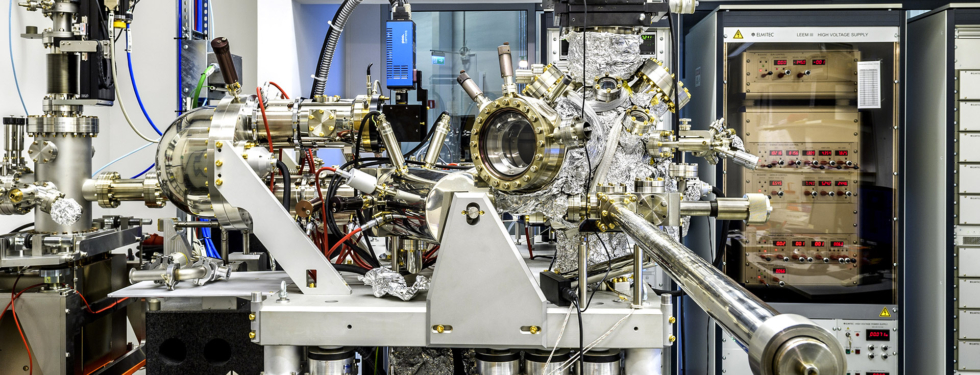Scientists demonstrated a strong coupling of very thin ferromagnetic permalloy layers to the antiferromagnetic spintronics compound Manganese Gold. This enabled them to apply well-established read-out methods commonly applied to ferromagnets in antiferromagnetic spintronics as well.
